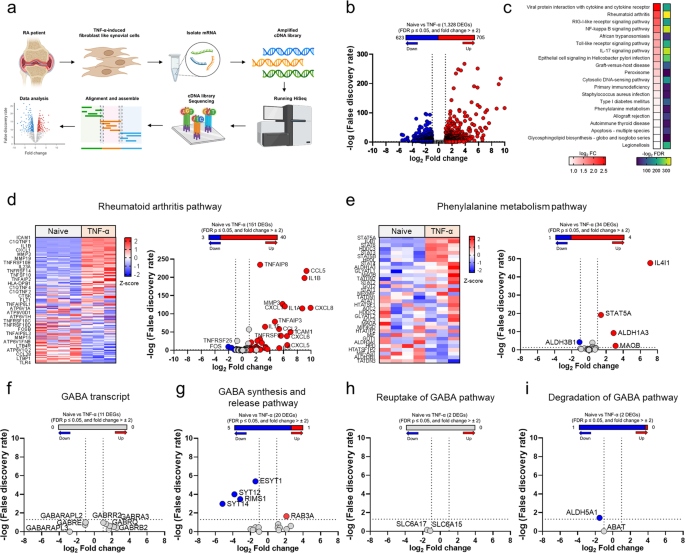2022-09-22 カリフォルニア大学サンタバーバラ校(UCSB)
蜘蛛の巣上の露を組織化するのと同じプロセスが、細胞内で起こっており、この液体分子コンピュータを、命令に応じて現れたり消えたりさせている。そして、それがうまくいかなくなると、基本的に100%の大腸がんを引き起こし、他の多くのがんにも関与している。
タンパク質のアクシンとAPCは、錠前と鍵のような堅固な構造ではなく、もっと流動的で動的な方法で機能している可能性がある。
研究チームは、CRISPR/Cas9を用いて、Wnt経路(「wingless-related integration site」の略)の一部であることがわかっている主要なタンパク質すべてに、蛍光タグを付けた。そして、そのタンパク質が細胞質内で液滴として凝集するのを、顕微鏡で観察した。この液滴は常に核のすぐそばに形成されることも確認された。
数値モデルを用いて液滴のシミュレーションを行った結果、Wntタンパク質がすべて液滴内に集中していることで、細胞質全体に拡散している場合よりも経路がはるかに効率的になることがわかった。この液滴は、実質的に小さな反応室として機能しているのである。
液滴内のタンパク質の比率を調整した結果、Axinを増やすと、中心体ではなく細胞全体にたくさんの小さな液滴が形成されることがわかった。一方、APCを増やすと、最初の液滴が大きくなった。
<関連情報>
- https://www.news.ucsb.edu/2022/020718/droplet-discovery
- https://www.pnas.org/doi/full/10.1073/pnas.2204688119
Nucleation of the destruction complex on the centrosome accelerates degradation of β-catenin and regulates Wnt signal transmission
Ryan S. Lach, Chongxu Qiu, Erfan Zeyaei Kajbaf,Naomi , Dasol Han, Alex Wang, Hannah Lock, Orlando Chirikian, Beth Pruitt and Maxwell Z. Wilson
Proceedings of the National Academy of Sciences Published:August 29, 2022
DOI:https://doi.org/10.1073/pnas.2204688119

Significance
Liquid–liquid phase separation (LLPS) governs a variety of mesoscale cellular processes. However, less is known about how cells utilize LLPS to drive cellular function. Here, we examined the destruction complex (DC), an organelle which controls Wnt signaling and whose components phase separate. Through a combination of advanced microscopy, CRISPR, computational modeling, and optogenetics, we find that the DC is nucleated by the centrosome and that this nucleation drives efficient signal transduction. Our work not only uncovers a biological function for LLPS but also highlights nucleation as a general method for controlling the function of intracellular condensates. Finally, our findings suggest a thermodynamic coupling between Wnt signal transduction and the cell cycle which could lead to insights into Wnt-driven cancers.
Abstract
Wnt signal transduction is controlled by the destruction complex (DC), a condensate comprising scaffold proteins and kinases that regulate β-catenin stability. Overexpressed DC scaffolds undergo liquid–liquid phase separation (LLPS), but DC mesoscale organization at endogenous expression levels and its role in β-catenin processing were previously unknown. Here, we find that DC LLPS is nucleated by the centrosome. Through a combination of CRISPR-engineered custom fluorescent tags, finite element simulations, and optogenetic tools that allow for manipulation of DC concentration and multivalency, we find that centrosomal nucleation drives processing of β-catenin by colocalizing DC components to a single reaction crucible. Enriching GSK3β partitioning on the centrosome controls β-catenin processing and prevents Wnt-driven embryonic stem cell differentiation to mesoderm. Our findings demonstrate the role of nucleators in controlling biomolecular condensates and suggest tight integration between Wnt signal transduction and the cell cycle.


